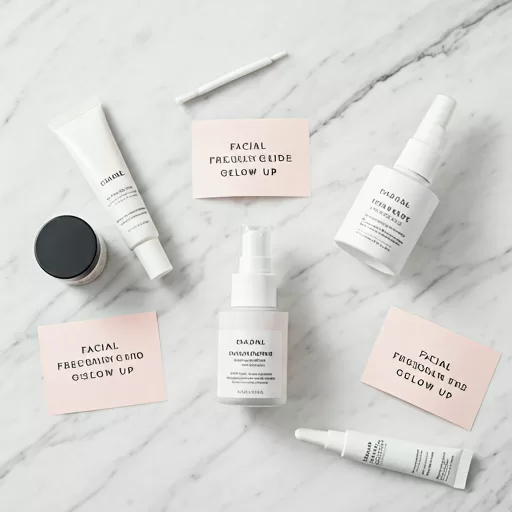The Ultimate Guide to Facial Frequency
Facials are a cornerstone of many skincare routines, offering deep cleansing, exfoliation, and hydration. But how often should you get a facial to maximize results without overdoing it? This comprehensive guide dives into the ideal facial frequency for different skin types, goals, and lifestyles. Whether you’re aiming for clear, youthful skin or preparing for a special event, we’ve got you covered.
Why Facial Frequency Matters
Your skin’s needs vary based on factors like age, skin type, and environmental exposure. Overdoing facials can irritate the skin, while infrequent treatments might not deliver the desired benefits. Striking the right balance ensures optimal skin health and long-lasting glow.

Skin Type Solution, The: A Revolutionary Guide to Your Best Skin Ever: Written by Leslie Baumann, 2006 Edition, Publisher: Bantam USA [Hardcover]
Factors Influencing Facial Frequency
1.Facial Frequency Guide: Skin Type
- Oily or Acne-Prone Skin: Requires frequent facials (every 2-4 weeks) to manage excess oil and unclog pores.
- Dry or Sensitive Skin: Benefits from less frequent treatments (every 4-6 weeks) to avoid over-exfoliation and irritation.
- Combination Skin: A balanced approach (every 4 weeks) works best to address diverse needs.
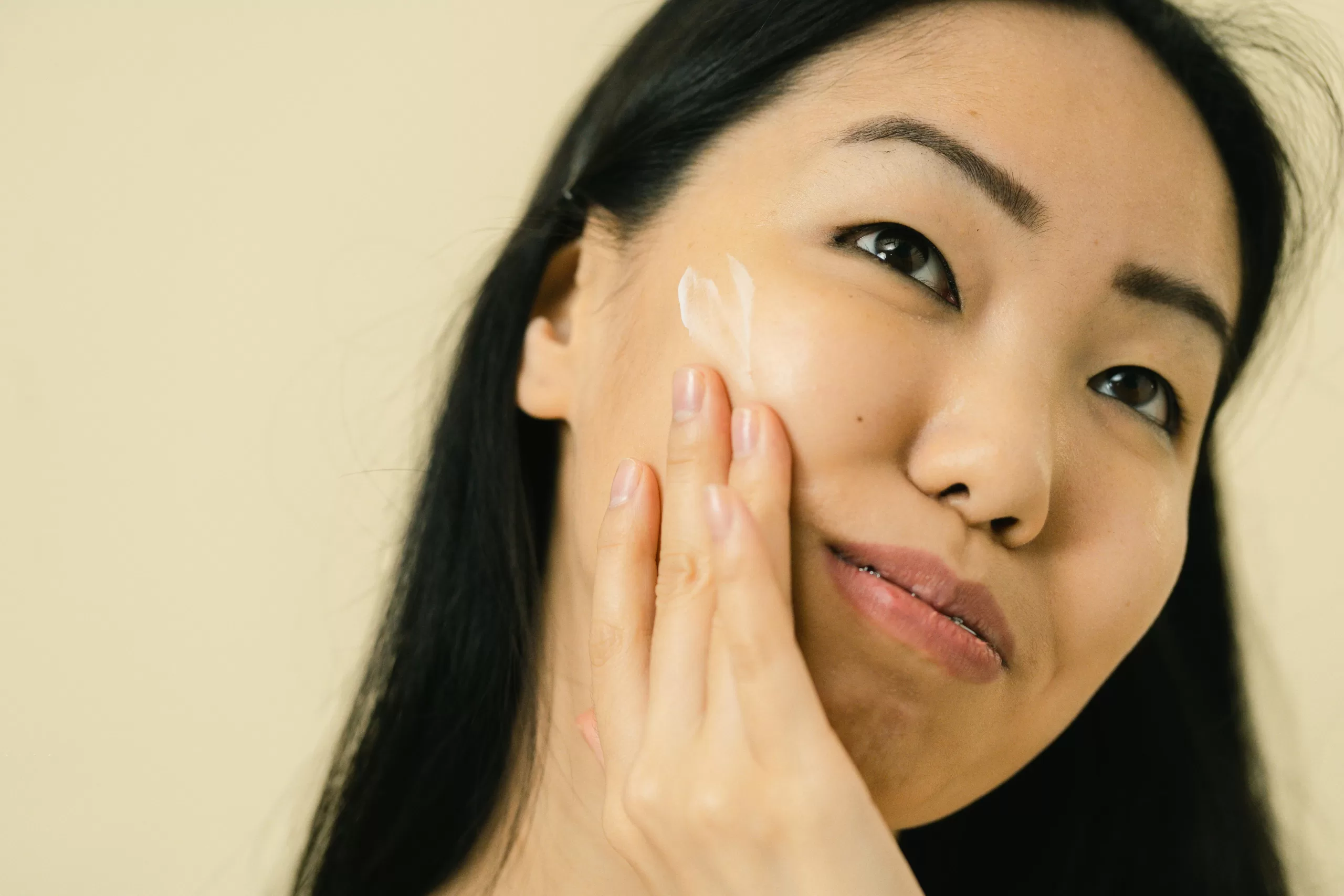
Top Skincare Product Combinations for Radiant Skin
Achieving radiant skin is about more than just a single product—it’s about the right combination of ingredients that work in harmony. From hydration to anti-aging, Skincare product combinations can unlock benefits that individual products alone may not provide. In this guide, we’ll reveal the top scientifically-proven skincare product pairings for glowing, healthy skin. Institut Age…
2. Skin Goals
- Anti-Aging: Monthly facials with anti-aging treatments, like collagen-boosting masks, can reduce fine lines and wrinkles.
- Hydration: Dry skin benefits from hydrating facials every 4-6 weeks to maintain moisture levels.
- Brightening: Opt for treatments targeting hyperpigmentation every 3-4 weeks.
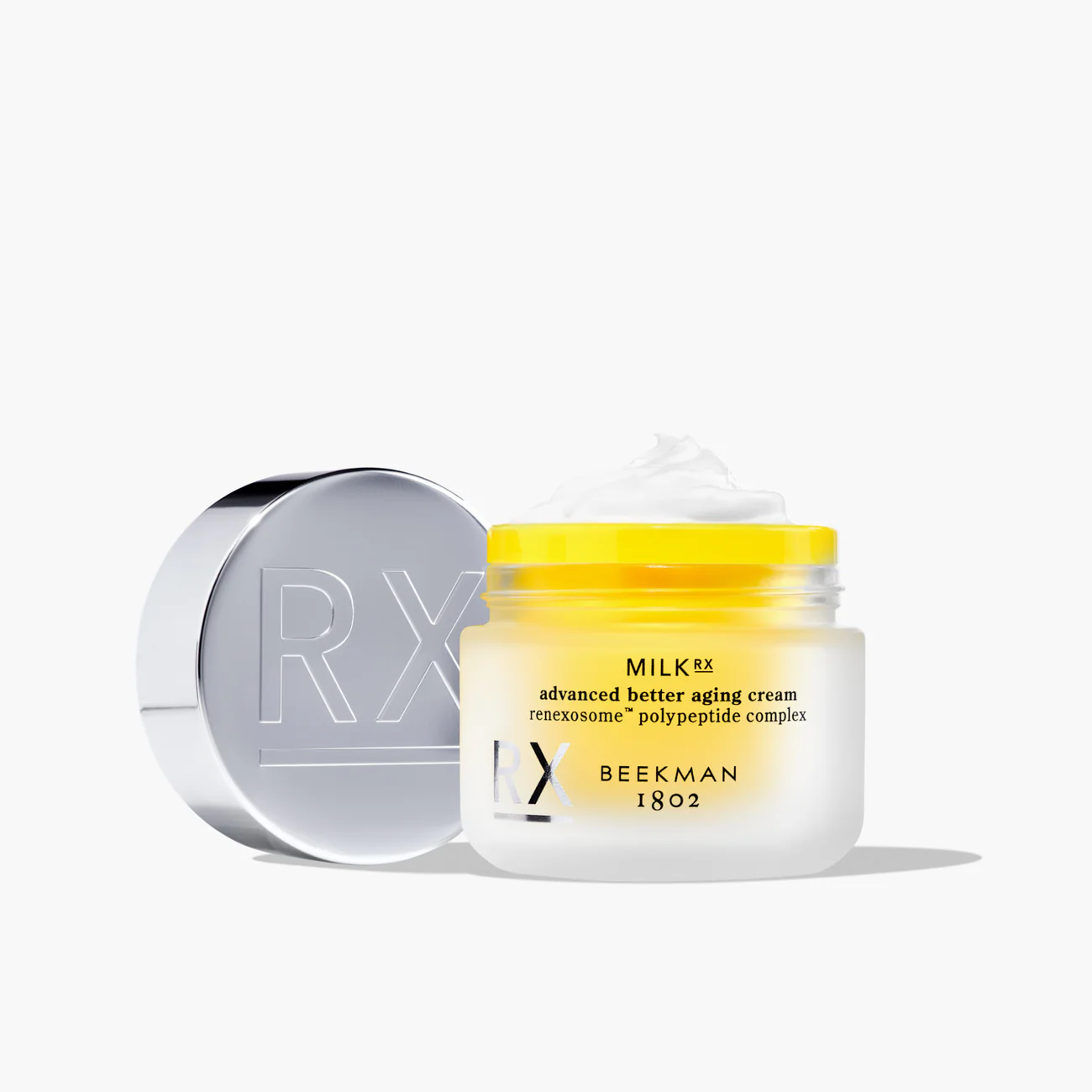
Unlock Youthful Glow: The Anti-Aging Power of Milk RX!
Milk RX Advanced Better Aging Cream for Lifted, Firmer Skin Milk RX Aging Cream Advanced is a breakthrough in skincare, formulated with the proprietary Renexosome™ technology to offer a powerful anti-aging solution. With its ability to increase collagen production by 31% and provide 24-hour hydration, it’s 4x more potent than retinol but without the irritatio
3. Lifestyle and Environment
- Urban environments may require more frequent facials to counteract pollution.
- Those with low-maintenance routines might need professional treatments less often.
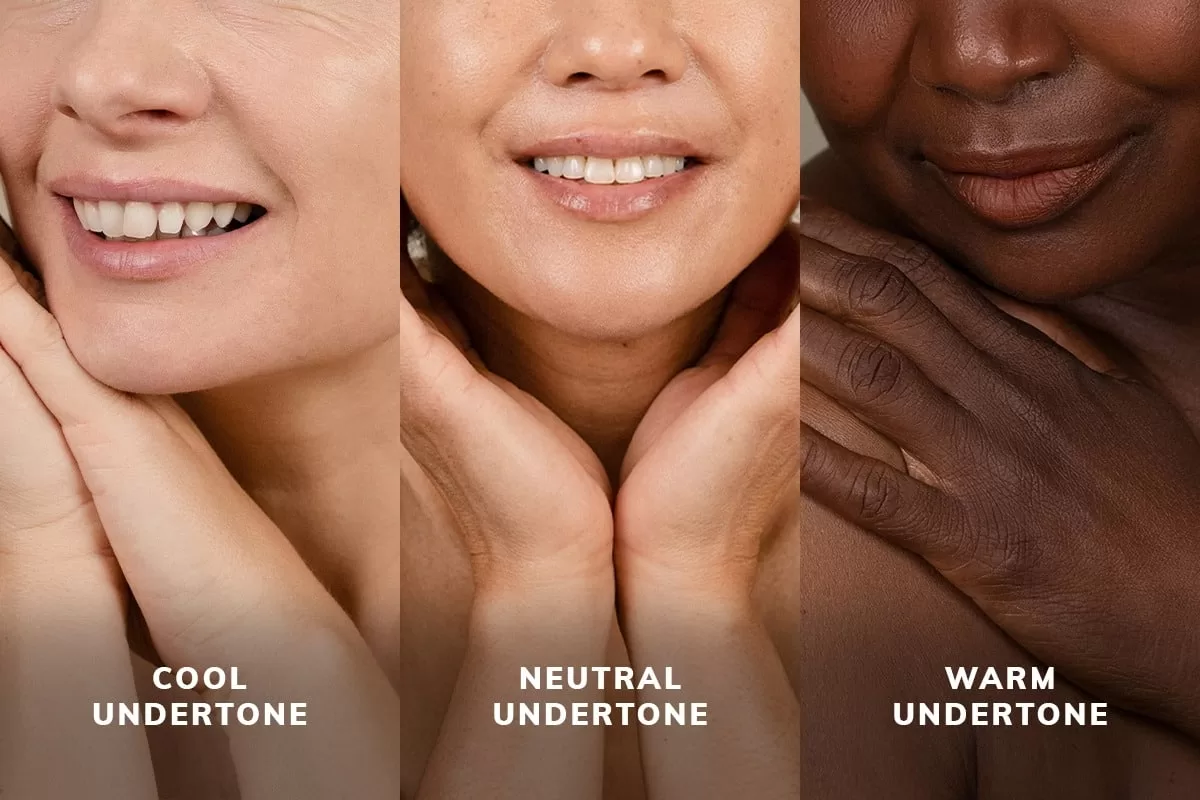
Embrace Personalized Skincare: Custom Routines for Your Unique Skin
Personalized Skincare: Tailored Routines for Unique Skin Needs The skincare world is changing fast, with a big focus on personalized products. Instead of using the same skincare for everyone, companies are now creating custom routines and products to fit each person’s unique skin.This means better results because the products are exactly what your skin needs.…
The Facial Frequency Guide: How Often to Glow Up
Weekly Facials
Ideal for:
- Event preparation.
- Intense acne treatments under professional supervision.
Pros:
- Quick, noticeable improvements.
- Ideal for tackling specific skin concerns.
Cons:
- Can be expensive.
- Risk of over-exfoliation if improperly managed.
Monthly Facials
The gold standard for most skin types. Monthly treatments:
- Maintain skin health.
- Allow adequate time for cell turnover.
- Provide consistent benefits without overstimulating the skin.
Seasonal Facials
Best for:
- Maintenance for normal skin types.
- Adjusting to changing weather conditions (e.g., hydrating facials in winter).
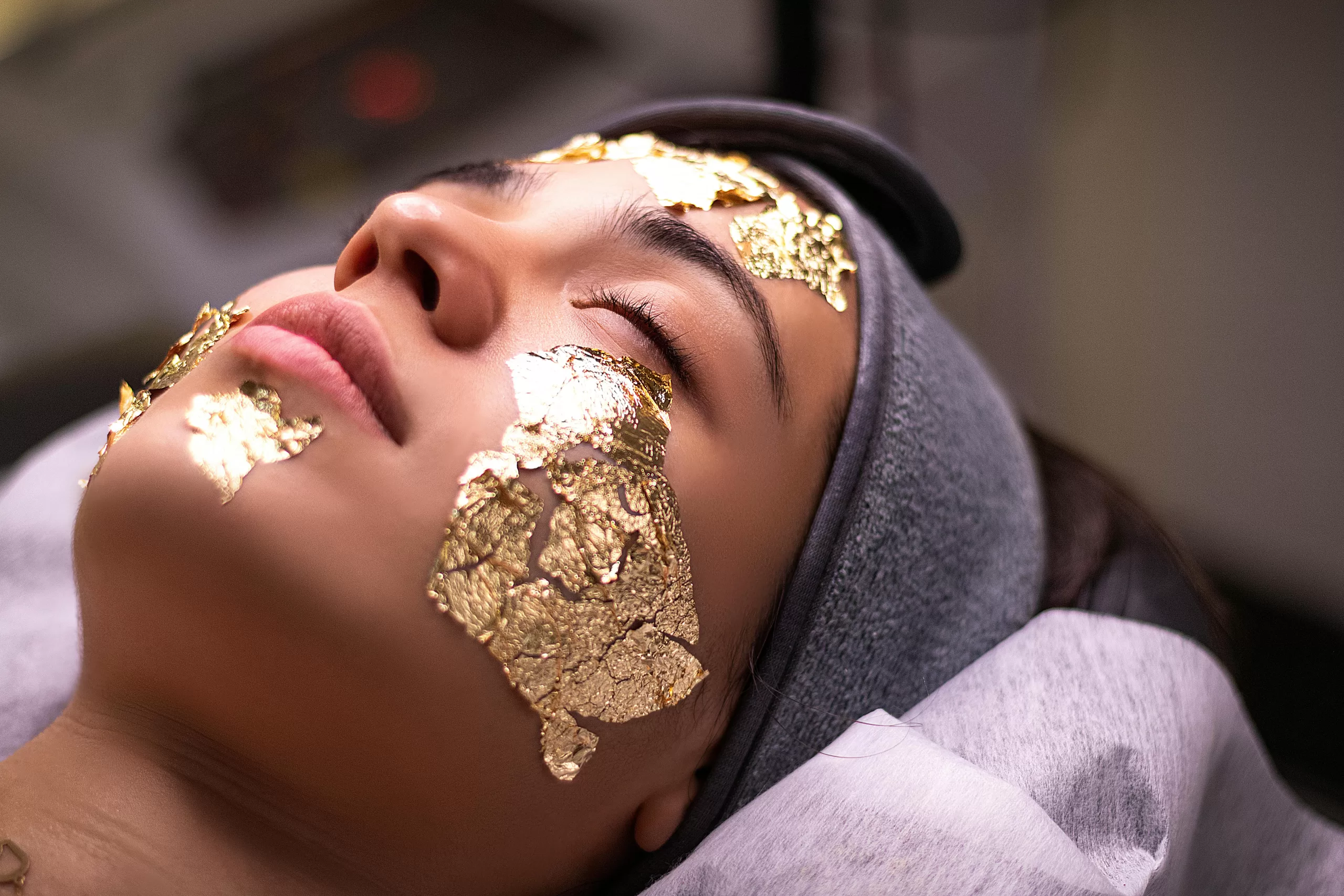
Discover 7 Skincare Hacks That Will Transform Your Routine Forever!
Looking for dermatologist-approved, researched 7 Skincare Hacks? Discover these clinically tested, science-backed skincare tricks designed to reveal your skin’s radiance and leave it feeling rejuvenated. These methods offer a fresh approach to personalizing your routine, unlocking benefits through strategic, yet simple steps. Unlock the Secret to Radiant Skin: The Ultimate 7 Skincare Hacks Revealed! In…
Types of Facials and Recommended Frequency
1. Deep Cleansing Facials
Frequency: Every 4-6 weeks.
Great for unclogging pores, reducing acne, and maintaining clear skin.
2. Hydrating Facials
Frequency: Every 4 weeks for dry skin; every 6-8 weeks for normal skin.
Helps replenish moisture and improve elasticity.
3. Anti-Aging Facials
Frequency: Every 3-4 weeks.
Incorporates treatments like LED therapy and microcurrent to stimulate collagen production.
4. Chemical Peels
Frequency: Every 4-6 weeks.
Targets pigmentation, fine lines, and acne scars. Professional guidance is essential to avoid overuse.
When visiting an esthetician for a facial, there’s a plethora of treatments you can incorporate to enhance your skincare experience. Here’s a comprehensive look at the options available:
- Dermaplaning: This treatment involves gently scraping off dead skin cells and peach fuzz, leaving your skin incredibly smooth.
- LED Therapy: Utilizing different light wavelengths, LED therapy tackles issues like acne, inflammation, and aging signs.
- Microcurrent Facials: This method delivers gentle electrical currents to invigorate facial muscles, promoting a more lifted and firm appearance.
- Gua Sha: Originating from traditional Chinese medicine, this technique uses a smooth tool to massage the skin and improve lymphatic drainage.
- Microneedling: Small needles lightly puncture the skin, stimulating collagen production for a fresh and rejuvenated complexion.
- Chemical Peels: By exfoliating the outer layers of your skin, chemical peels help to reduce blemishes, uneven skin tone, and fine lines.
- Expert Massage Techniques: These can enhance blood circulation and relaxation, ultimately contributing to that healthy glow.
For those yearning for more advanced treatments, consider:
- Laser Treatments: These can address specific skin issues such as pigmentation and scars with precision.
- Radio Frequency Therapy: This technique utilizes energy waves to heat the deeper layers of skin, thereby stimulating collagen production for a tighter and smoother surface.
These added enhancements can extend the duration of your facial and offer a wide range of solutions tailored to all types of skin concerns.
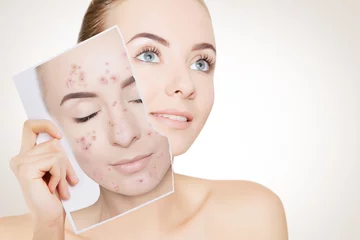
Benzoyl Peroxide vs. Salicylic Acid: Which Acne Fighter Works Best for You?
Benzoyl Peroxide vs. Salicylic Acid: Choosing the Right Acne Solution Acne solution comparison: Acne-fighting ingredients like benzoyl peroxide and salicylic acid are staples in skincare, each offering unique benefits depending on your skin’s needs. Here’s a detailed comparison to help you understand their uses, effectiveness, and potential side effects. Acne solution comparison Top Benzoyl
FAQs: Facial Frequency Guide
Question: Can I do facials at home?
A: While DIY facials can be beneficial, professional treatments offer deeper cleansing and specialized techniques that are hard to replicate at home. Here’s why:
Professional facials typically start with a comprehensive 60-minute European facial, including a cleanse, mask, steam, extractions, and massage. From this foundation, estheticians enhance the experience with advanced methods such as deep cleaning using steamers and extraction tools, as well as specialized devices to reduce inflammation. Their expertise extends to skilled massage techniques designed for lifting and depuffing, offering a level of care that at-home treatments often miss.
Moreover, professionals have access to high-quality, concentrated peels and exclusive products tailored to individual skin concerns. This means they can customize treatments specifically for your skin’s needs, something that’s difficult to achieve with the typical products found on your bathroom shelf.
Beyond the basics, estheticians provide opportunities to expand your facial experience with additional treatments like dermaplaning, LED therapy, microcurrents, gua sha, and microneedling. For those seeking even more advanced care, options like laser treatments and radio frequency are available. These enhancements not only add variety but can also be tailored to suit all skin types and concerns, delivering results that are often unattainable with DIY methods.
In essence, while home facials are a good start, the depth and customization of professional facials offer a transformative experience that goes beyond what you can achieve on your own.
Q: What happens if I get facials too often? A: Over-frequent facials can strip the skin’s natural oils, leading to irritation, dryness, or increased sensitivity.
Q: Should I avoid facials if I have sensitive skin? A: Not at all. Opt for gentle facials with calming ingredients and avoid aggressive exfoliation.
Q: How do I prepare for a facial? A: Clean your skin and avoid heavy makeup or skincare products on the day of your appointment. Inform your esthetician about any allergies or sensitivities.
Q: Are facials safe during pregnancy? A: Yes, but avoid treatments with strong chemicals or essential oils. Always consult with your esthetician and doctor.
Maintaining Your Skincare Routine After a Facial
After a rejuvenating facial, it’s crucial to continue nurturing your skin at home to sustain that glow. Here’s how you can keep your skin looking its best between visits to the esthetician:
Stick to Your Daily Routine
- Consistency is Key: Keep up with your regular morning and evening skincare rituals. Use a gentle cleanser, a hydrating moisturizer, and sunscreen during the day.
- Avoid Drastic Changes: Introduce new products gradually to observe how your skin reacts, preventing irritation or breakouts.
Pamper with Extra Treatments
Incorporate special treatments into your routine every couple of weeks. Consider treating your skin to mild exfoliating masks or hydrating masks. These can help remove dead skin cells and replenish moisture, keeping your complexion fresh.
Utilize Home Tools
- Facial Rollers and Ice Globes: These tools can improve circulation and reduce puffiness for that spa-like experience at home.
- Beauty Tech Devices: Consider using devices like LED light therapy or microcurrent tools to enhance your skin’s appearance. These technologies can boost your at-home routine, ensuring sustained results.
By adhering to these practices, you can maintain the benefits of your facial and enjoy radiant skin all month long. Remember, regular care and thoughtful product choices are your best tools in achieving lasting skincare results.
This guide provides all the essential information on how often to get facials, tailored to your skin’s unique needs. Following these recommendations will help you achieve a radiant, healthy complexion with confidence!
Recommended At-Home Facial Treatments and Tools for Enhanced Skincare
For a rejuvenating facial experience at home, consider integrating gentle exfoliating masks and rich hydrating masks into your routine. These treatments can help refresh your skin, leaving it looking brighter and more hydrated.
To further elevate your skincare regimen, incorporate the use of simple yet effective tools. Facial rollers and ice globes are excellent for stimulating circulation and reducing puffiness, offering a cooling, soothing experience. Additionally, explore the world of beauty tech devices, which are designed to enhance your self-care sessions. These tools can aid in product absorption and improve overall skin texture.
Using a combination of these treatments and tools can create a spa-like experience in the comfort of your own home, providing both immediate benefits and long-term improvements for your skin.
What Does a Professional Facial Typically Cost?
When considering how often to treat yourself to a professional facial, understanding the cost can help you plan your visits wisely. Typically, the price of a facial ranges from $60 to $250, depending on factors such as the spa’s reputation, the expertise of the esthetician, and the complexity of the treatment.
Factors Influencing Cost
- Spa Location and Reputation: High-end spas in luxury areas may charge more, while local or independently owned spas might offer more competitive rates.
- Type of Facial: Basic treatments are generally on the lower end of the scale. Advanced procedures involving specialized techniques or products, like those from brands such as Dermalogica or Eminence, may cost more.
- Add-ons and Customizations: Extras like anti-aging serums, enhanced masks, or LED therapy can add to the total cost.
Budget Considerations
If you need to adjust the frequency of your facials to stay within budget, that’s perfectly fine. You’re investing in self-care, so choose what feels right for you financially while ensuring a quality experience. Keep in mind that taxes and gratuity, typically ranging from 15% to 20%, should also be factored into your total expense.
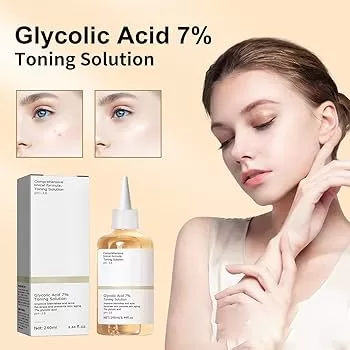
Explore more articles like this @ Where And How Resources
If you found this article helpful, don’t forget to share it with your friends and followers!

